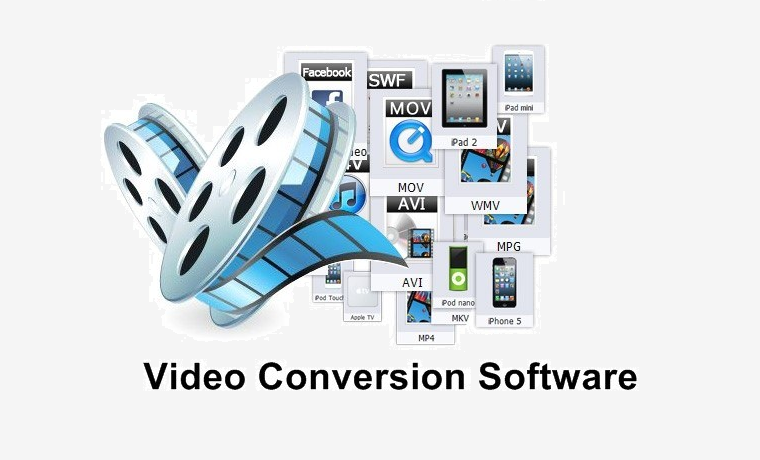Businesses nowadays often need to convert videos to a wide variety of different formats. Sometimes it is necessary to ensure the videos are compatible with certain devices or platforms, or at other times it is to compress the video or optimize it in other ways.
While converting videos is generally not that difficult using one of the many video converters that are available, that is often not enough. In order to effectively convert videos you need to adopt the right approach – so that you can preserve its quality.

To start more effectively converting your business videos, there are a few steps that you should take:
-
Always keep the original video file in storage
When you transcode videos and switch them from one codec to another, some data is invariably lost. In most cases the difference is unnoticeable, but if you keep transcoding the same video over and over, eventually it will start to add up.
That is why as a rule you should always keep the original video file in storage. If you do, whenever you need a copy of that video in a different format, you can transcode it from the original – to avoid its quality gradually deteriorating.
-
Don’t compress videos until after they’re edited
If you’re creating business videos, you should make it a habit to never compress the video footage until after you’ve edited it and created the final video. Admittedly the video footage may already be compressed by the device that captured it – in which case you should avoid compressing it any further.
Until you’ve created the final video, keeping the video footage in its original form will help avoid compressing it multiple times over and preserve its quality better.
-
Store the video in the format that it will be used most frequently
As you may be aware some video formats are more universal than others, and are used much more frequently. Because of that they are the best option to convert and store your business videos – as you likely won’t have to convert them out of it aside from in very specific cases.
Nowadays the most widely-supported and frequently used format is MP4 with H.264. Not only is it close to universally-compatible, but it is also the preferred format of most online platforms such as YouTube, Facebook, Instagram, and more.
As far as possible you should make sure the video converter that you’re using supports a wide range of input and output formats – including newer formats. For example if you want to convert business videos on a Mac you may want to consider Movavi Video Converter for Mac (www.movavi.com/videoconvertermac/).
By following the steps listed above you should be able to effectively convert your videos in a way that ensures their quality is the least affected. Initially it may not seem to make that much of a difference, but over time it is going to preserve your business videos so that you can reliably utilize them for years to come.

